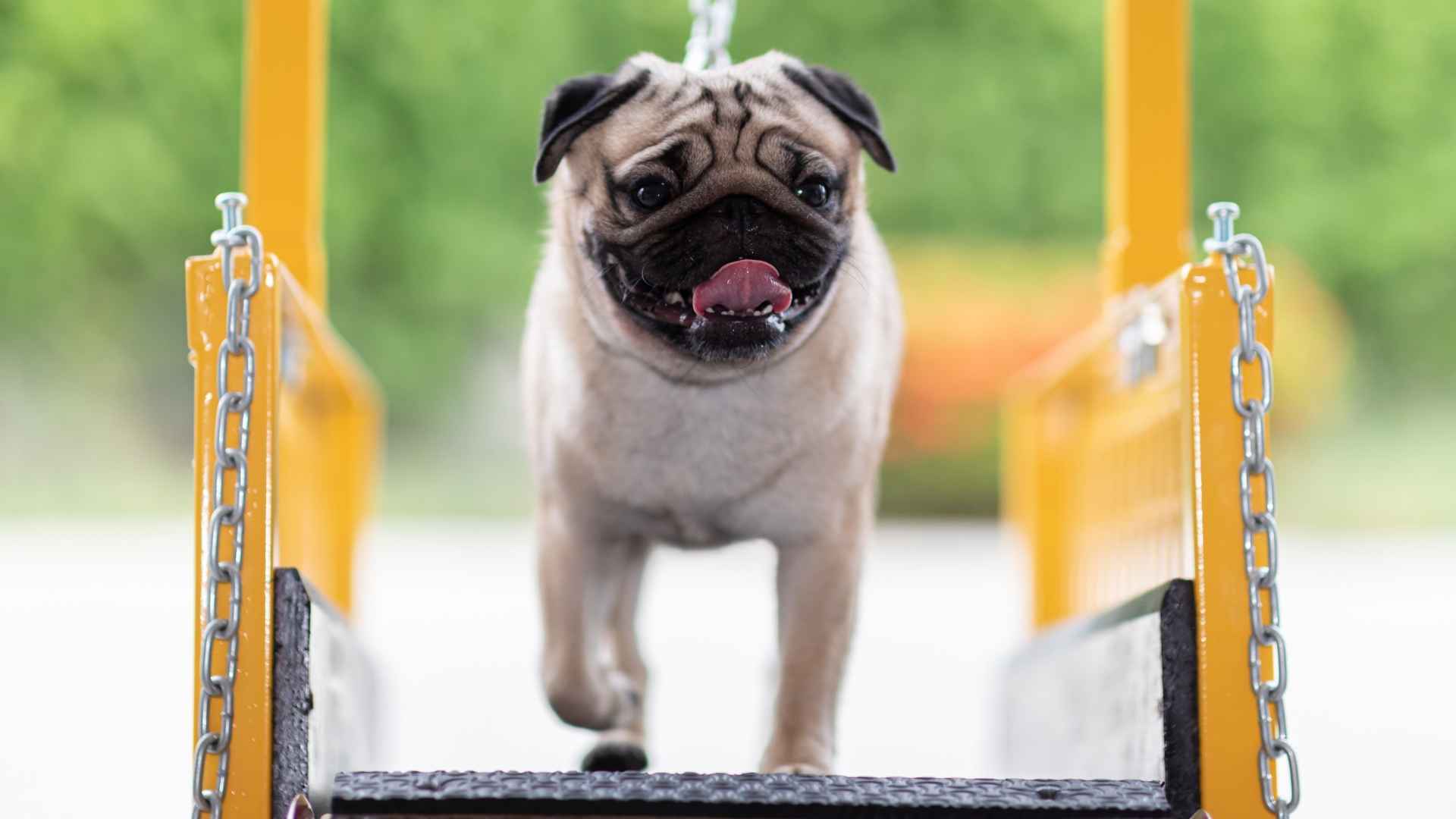After a long day, the last thing you want is a pet bouncing off the walls, begging for an hour-long run. Some of us crave peace. A warm cup of tea, a soft couch, and quiet companionship.
Not everyone lives for hiking trails or chasing tennis balls. Some people just want a best friend who’s as mellow as they are — someone who can match their calm, their slow mornings, and those lazy Sundays that feel like heaven. Not every dog is born to be a sprinter.
Some are just… still. They’re happy with a short walk and lots of cuddles. And for people who value presence over performance, those dogs are gold. Whether you’re older, busier, or simply more introverted than an athlete, there’s a perfect furry friend out there waiting for you.
In this article, we’ll introduce the dog breeds that require the least amount of exercise, but give the most love.
Dog Breeds That Require The Least Exercise
1. Cavalier King Charles Spaniel
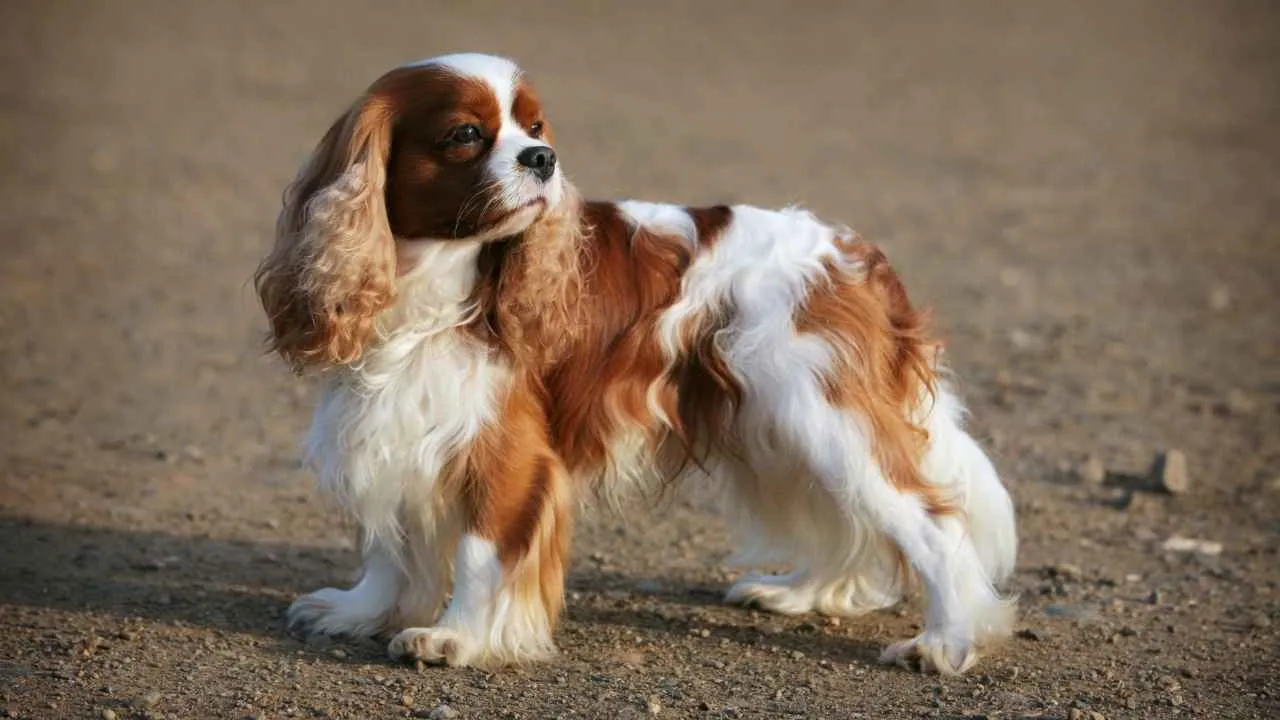
This breed adjusts remarkably well to slower-paced lifestyles, often happy lounging near their favorite human for hours. They don’t crave intense activity or constant engagement to stay emotionally balanced. A few calm indoor play sessions a day often satisfy their energy levels.
Gentle temperament with low drive
Unlike breeds bred for work or sport, Cavaliers weren’t developed for endurance or high stimulation. They have soft, adaptable personalities and rarely show restlessness when left to relax. Their mellow nature suits apartment life or homes with limited space.
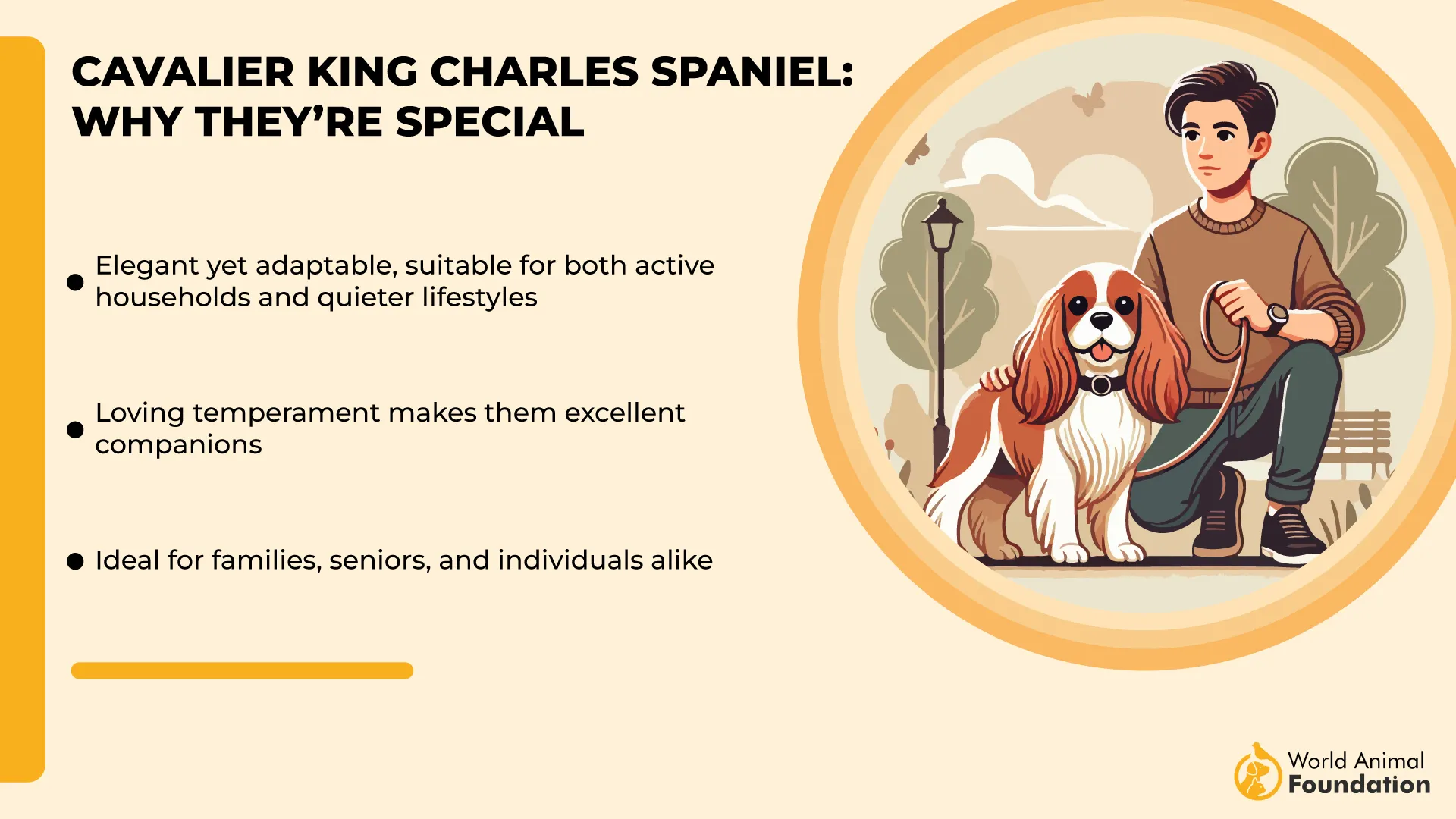
Low-effort companions for any household
Even though they benefit from moderate exercise, they don’t rely on structured daily exercise to stay well-behaved. They enjoy short outings of 2 – 3 miles more for the bonding than the physical burn. Many dog lovers appreciate how easygoing they are to manage, as per Britannica.
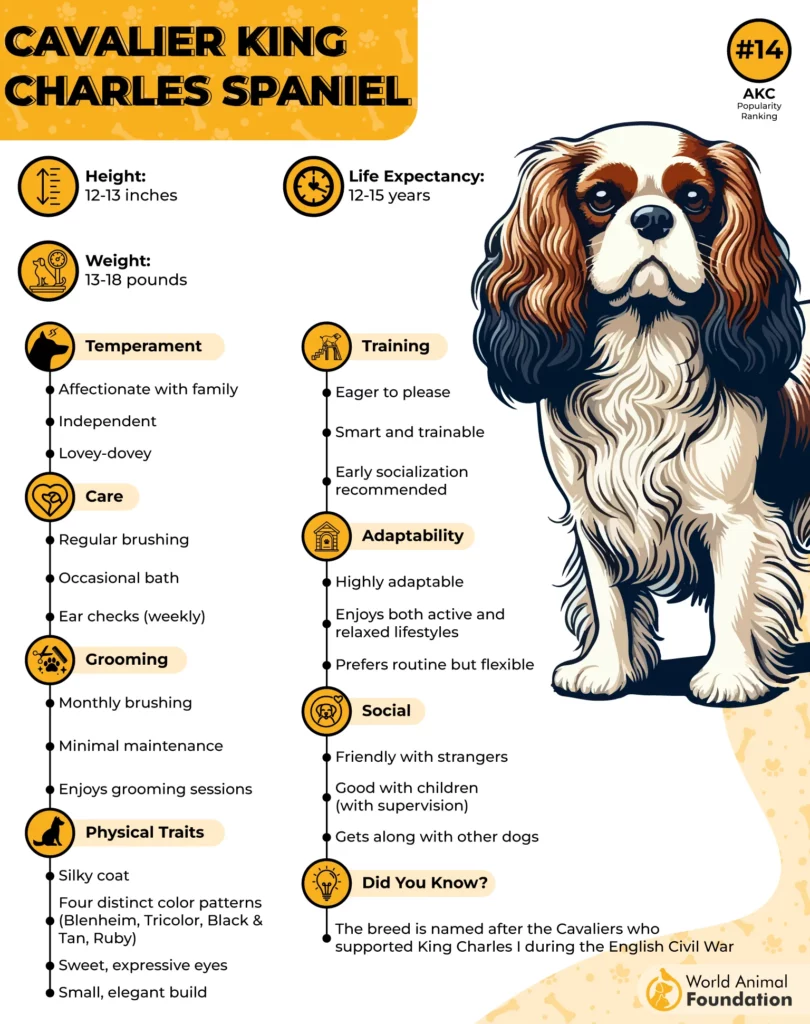
Friendly with people and other dogs
This breed’s social instinct shows in their openness toward both humans and other dogs, making them easy to include in group settings. They’re not territorial or reactive, which keeps stress levels low. Their peaceful energy pairs well with calm households or seniors.
2. Pug
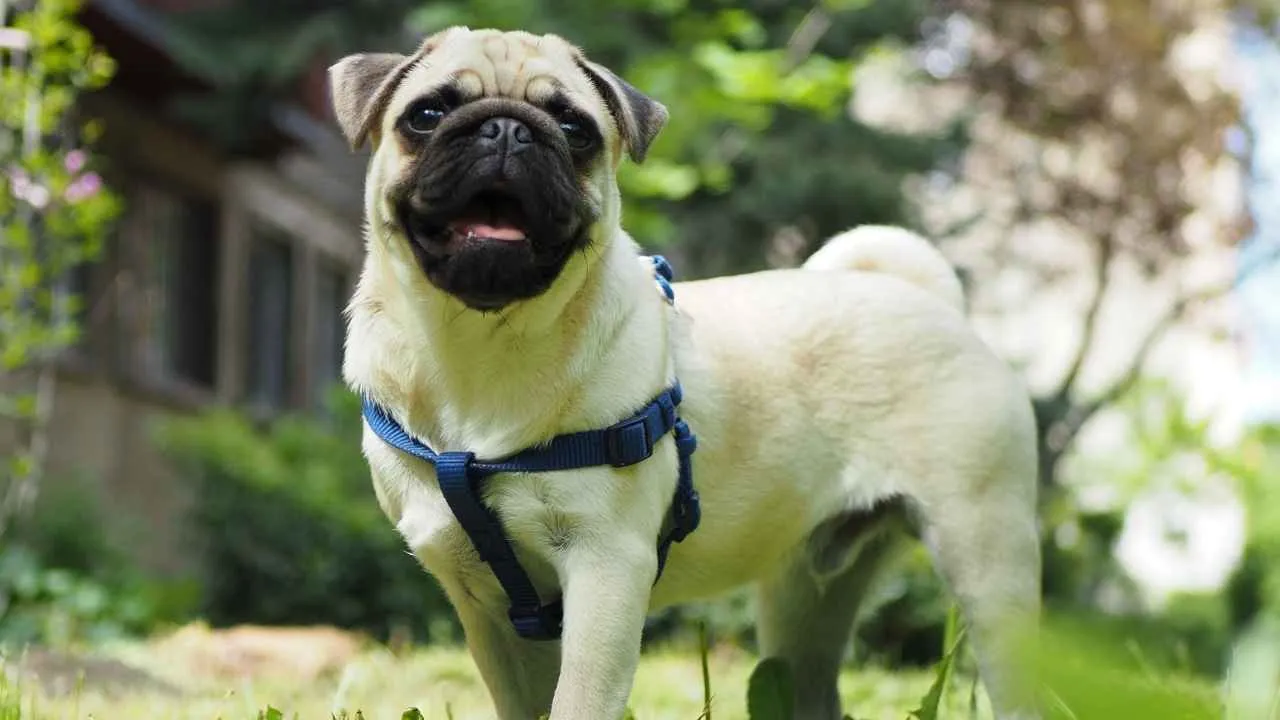
Pugs are notorious for quick spurts of play followed by long naps, making them ideal for homes that don’t revolve around constant activity. Their short snouts make extended exercise difficult, especially in warmer climates. Overexertion can lead to breathing issues, so moderation is key.
Thrives in predictable routines
This breed prefers slow, consistent rhythms over intense stimulation or varied schedules. A brief stroll or indoor game is usually enough to keep them happy. Their mellow personality means they don’t need novelty or extended outdoor time to stay balanced.
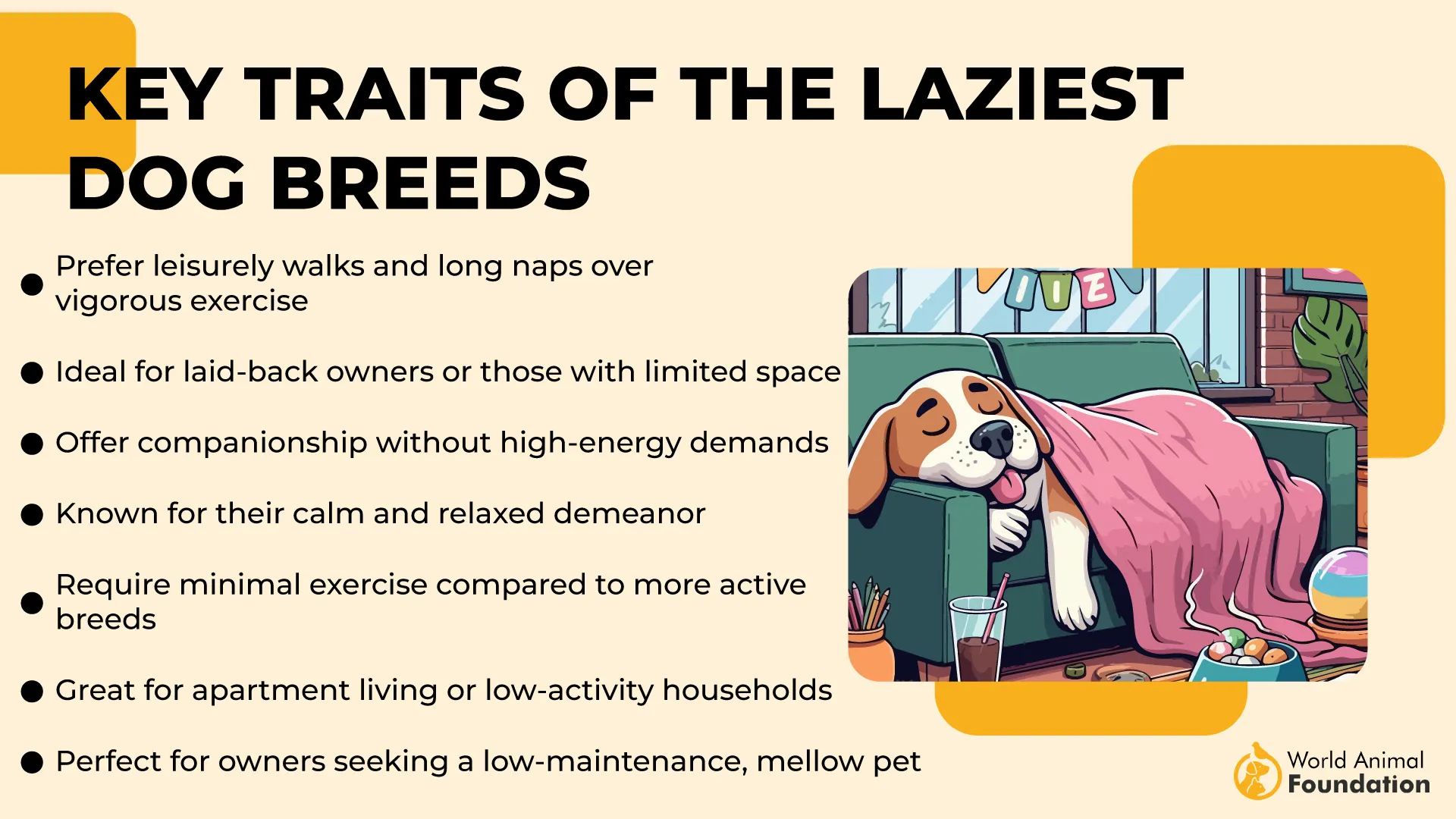
Effortless fit for busy owners
They don’t demand much from your day—minimal walks, quick potty breaks, and lots of couch time suit them perfectly, as highlighted by PDSA. Their compact size also makes indoor play feasible when outdoor time is limited. It’s one of the reasons they’re seen as a classic low-maintenance breed.
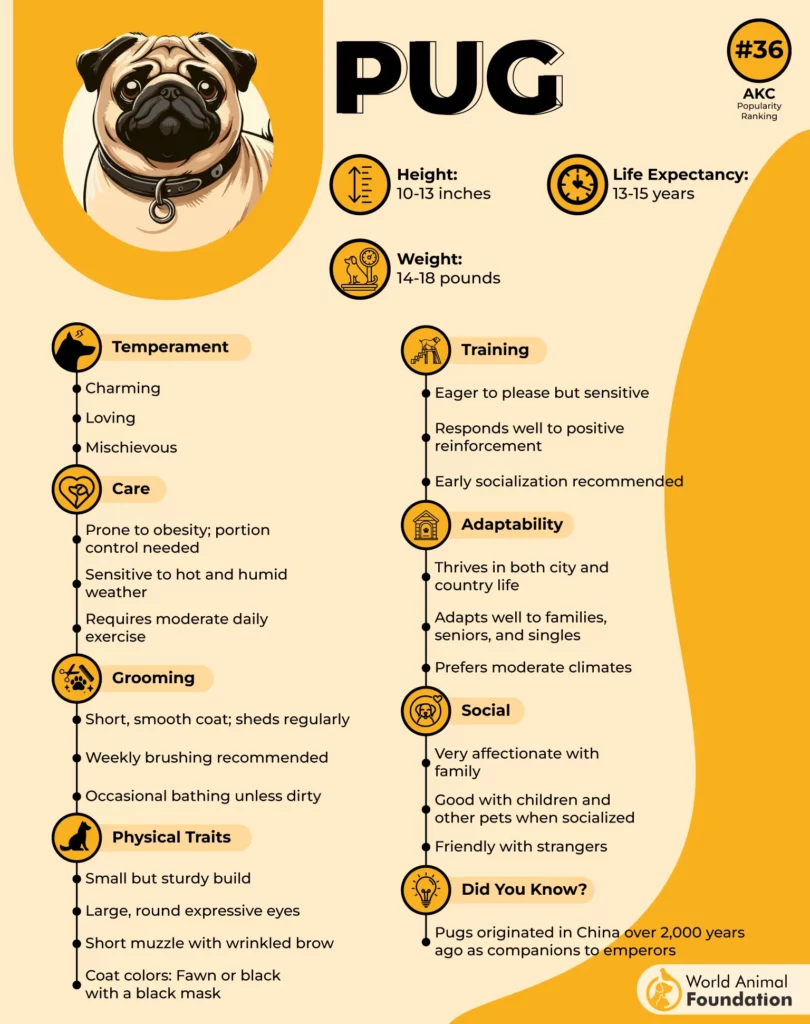
Emotionally tuned to pet parents
What they lack in athleticism, they make up for in emotional connection. Pugs often mirror their pet parents’ moods, providing gentle companionship rather than constant energy. They’re sensitive to tone and touch, which helps them stay emotionally regulated with minimal exertion.
3. Bulldog
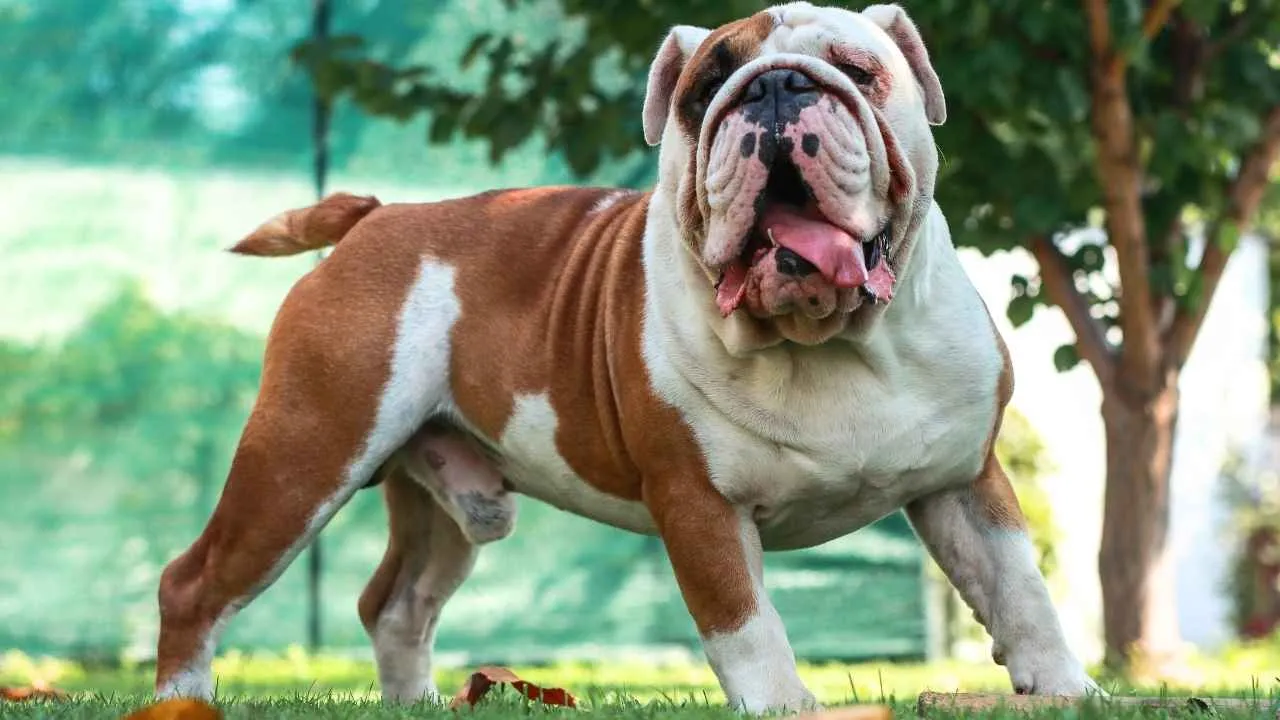
Bulldogs are physically structured in a way that naturally limits strenuous activity. Their short snouts and stocky build make breathing harder during exertion, especially in warmer climates. Even a slow walk can leave them perfectly satisfied for the day.
Short bursts, long naps
Rather than sustained activity, they do best with short, gentle play followed by extended rest periods. Their energy levels remain low throughout the day, and they rarely show signs of hyperactivity. This pattern helps protect their joints and respiratory health.
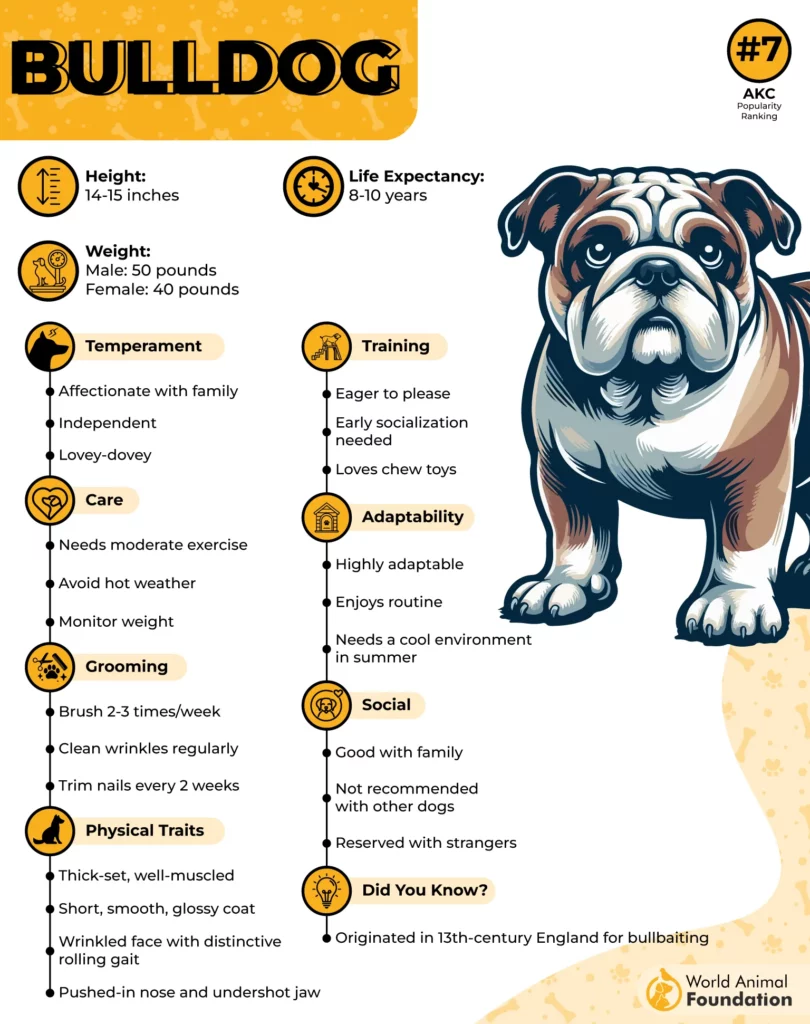
Calm presence that benefits households
Bulldogs have an even, grounded temperament that contributes to their mental well-being, as per PDSA. They don’t get agitated easily and are more than happy lying beside you for hours. Their low sensitivity to noise also makes them surprisingly peaceful housemates.

Low drive, high affection
Though they’re not little dogs, Bulldogs act more like couch companions than outdoor explorers. They enjoy being near people and make wonderful companions for those who prefer calm routines. Even in homes with children or other pets, they adapt without fuss.
4. Basset Hound
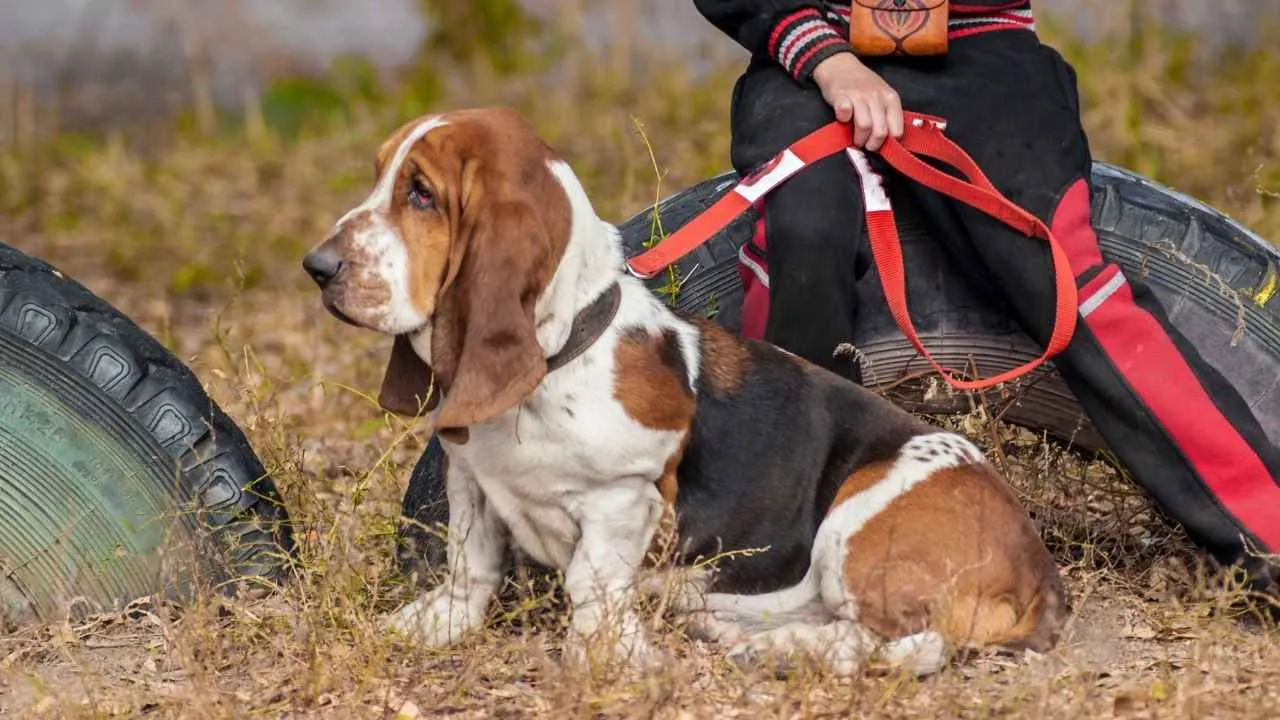
With their heavy-boned frame and dense muscles, Basset Hounds tire quickly and prefer shorter strolls over anything intense. Their stamina isn’t built for speed or distance. Even a few slow laps around the yard can feel like a full workout.
Built for comfort, not cardio
Originally bred for scent trailing, they’re more nose-driven than energy-driven. That sharp sense of smell keeps them curious, but their body says no to high activity. Most are happy being couch potatoes once their nose is satisfied.
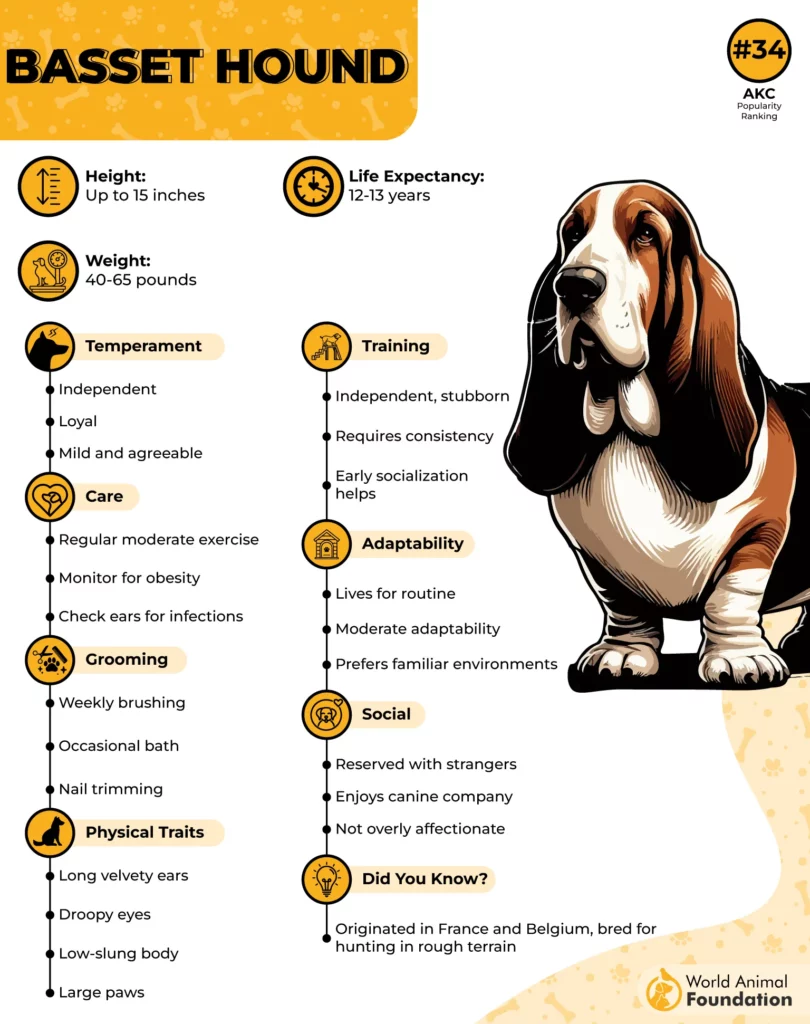
A steady and easygoing companion
Basset Hounds don’t demand structure or constant stimulation to stay settled. They’re naturally mellow, rarely showing signs of restlessness or anxiety when left to nap, as per PetMD. For someone seeking an easygoing companion, they check nearly every box.
Moderate needs, maximum chill
They do best with short daily walks just to stretch those heavy legs and sniff around. After that, they’re ready to sprawl out and sleep for hours. Even when living with active pets or kids, they keep their pace slow and steady.
5. Shih Tzu
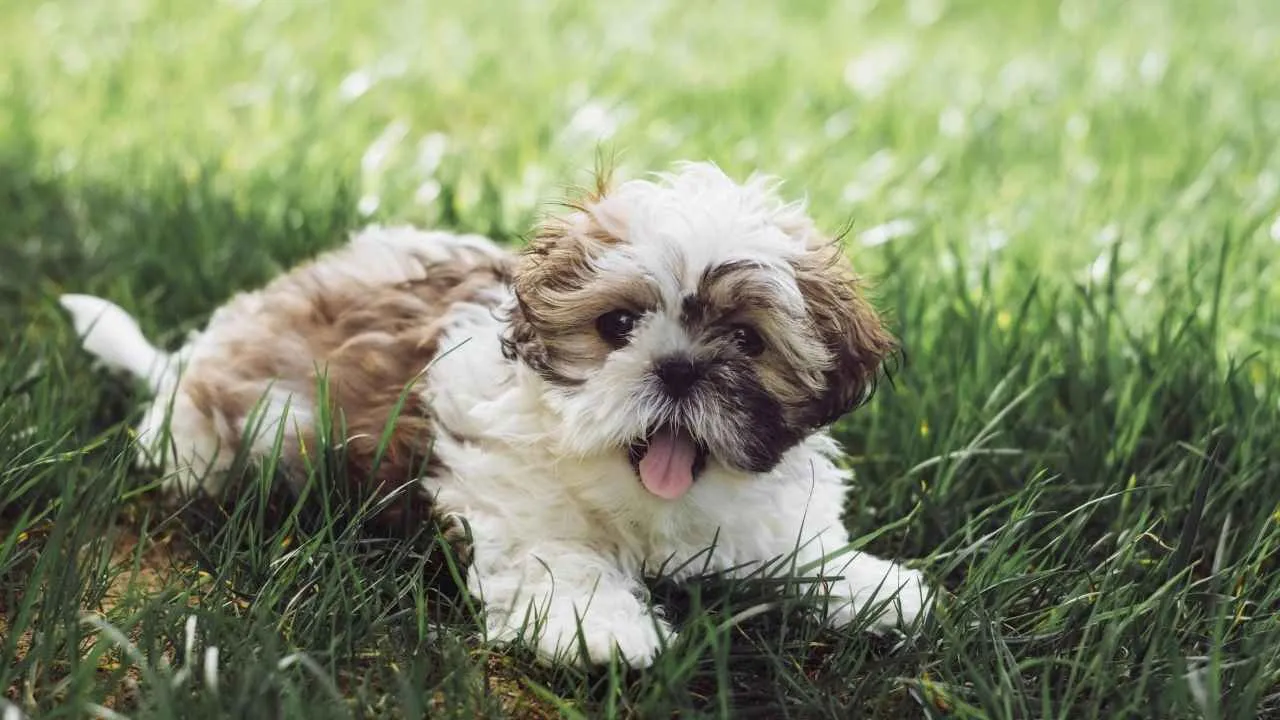
The Shih Tzu wasn’t bred for chasing or retrieving — it was bred for companionship. That’s why even mild physical activities often feel like enough for this breed. Their contentment comes more from presence than movement.
Stamina suited to indoor living
Shih Tzus tire quickly and rarely demand more than brief strolls or play on soft carpets. Extended walks or overly active games may leave them worn out. They’re perfect for households that aren’t centered around outdoor routines.
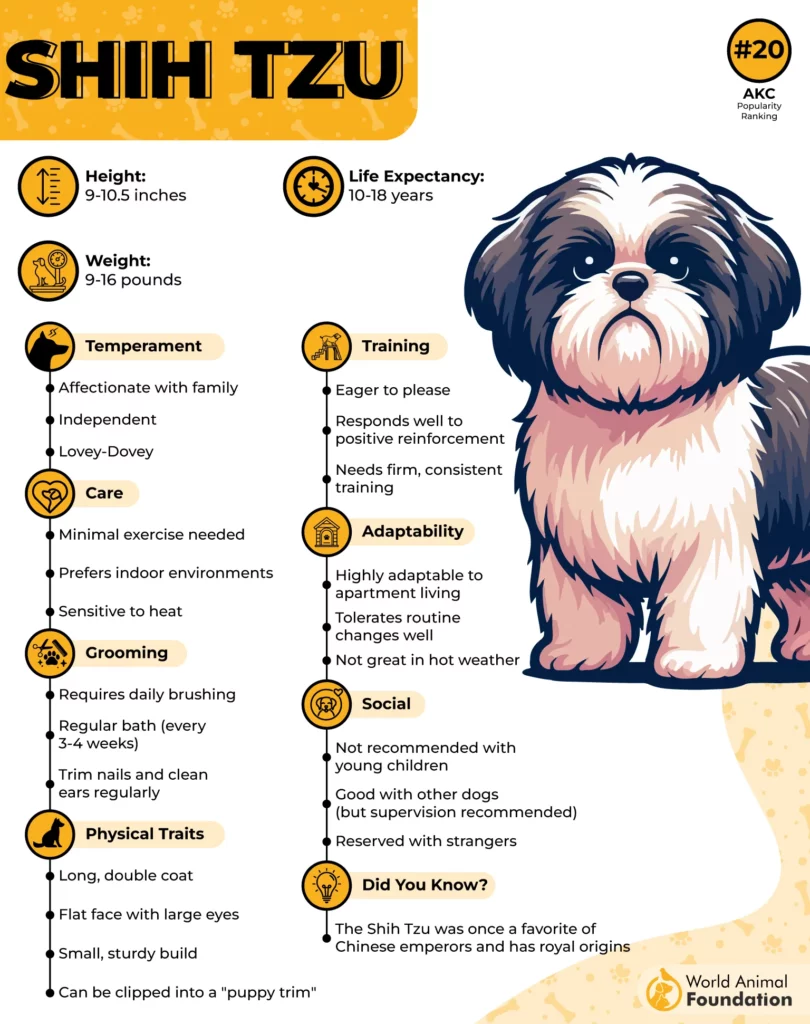
Managing energy through enrichment
While they don’t need to exercise daily at high intensity, mental stimulation is still essential. Short training sessions or interactive toys are enough to keep them balanced. This helps prevent boredom without straining their small bodies.
Care influenced by body structure
Because of their flat faces and compact frame, too much exertion can trigger health problems like overheating or respiratory strain. Gentle routines protect their comfort and longevity. Their needs are best met through low-impact physical activities.
6. Pekingese
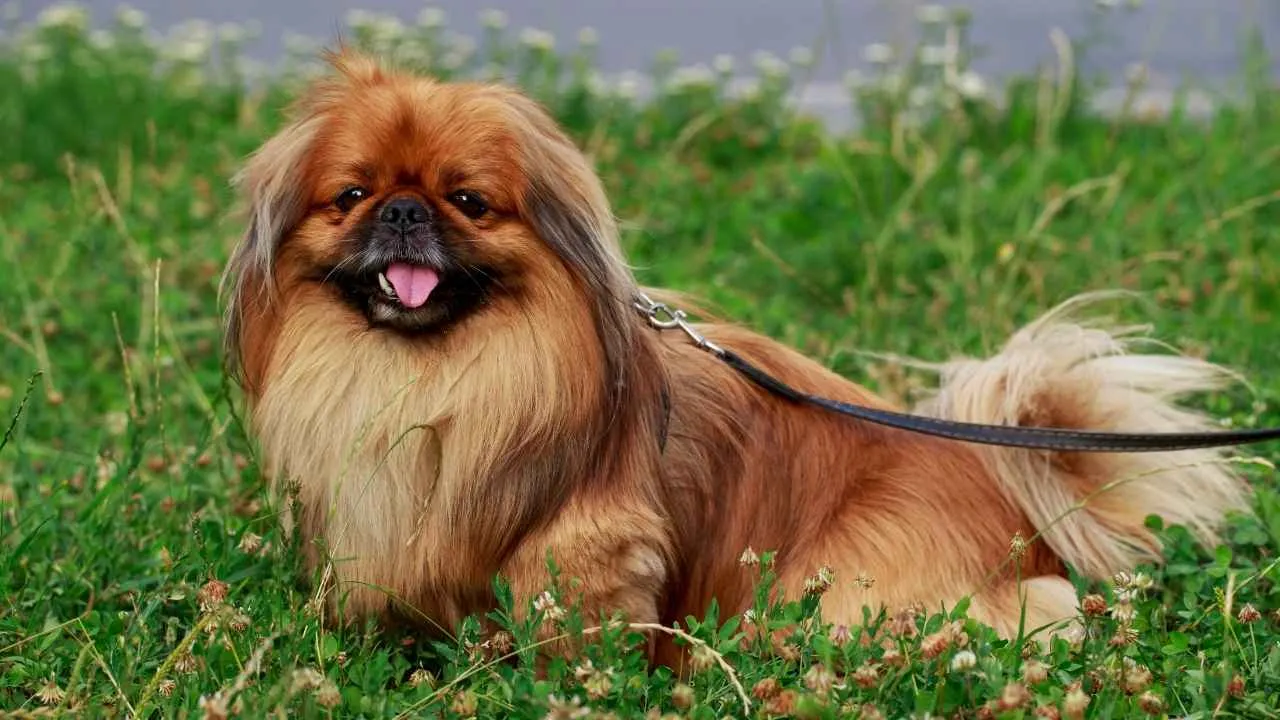
Pekingese were once royal lapdogs in ancient China, bred to lounge beside emperors rather than roam fields. Their short legs and flat faces make long treks unnecessary—and even uncomfortable. A few minutes of slow movement indoors often meets their physical needs.
Heavy coat, slow pace
That luxurious double coat contributes to their preference for staying cool and still. They overheat easily in warm weather, which makes even short outdoor strolls a bit taxing, as per PetMD. Most prefer a quiet, shaded room over a park.
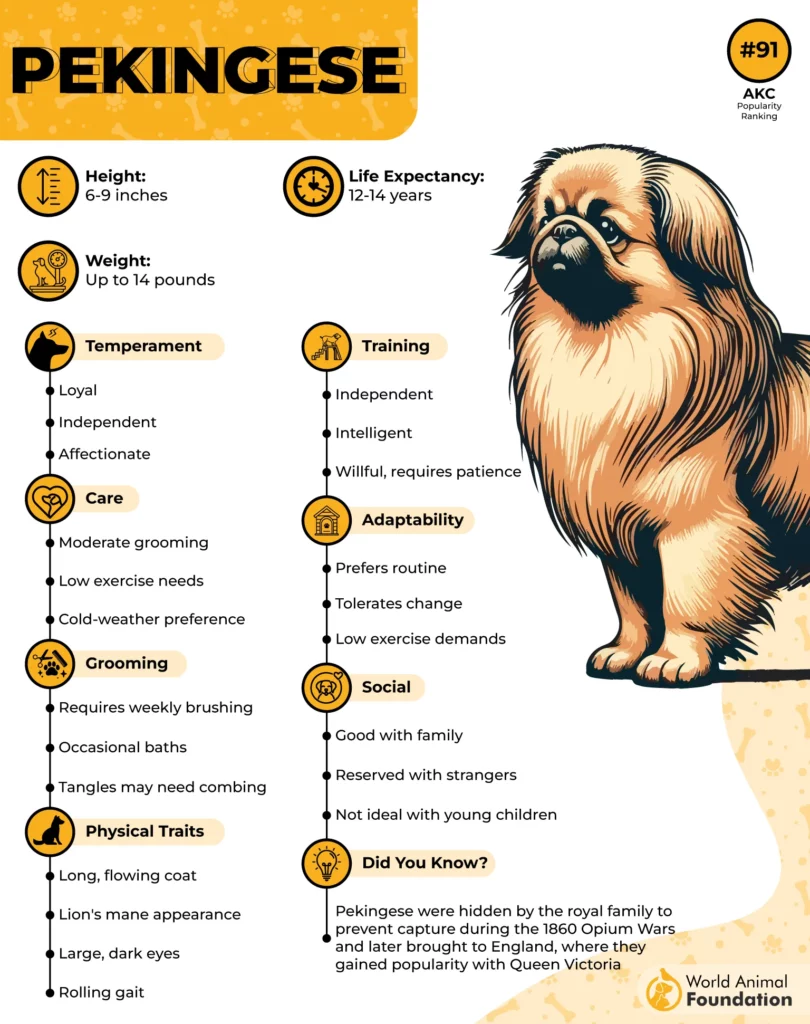
Strong-willed but clever
Though often underestimated, the Pekingese is an intelligent breed with a mind of its own. They’re quick to recognize routines and can be surprisingly independent in new environments. Training requires patience—not because they can’t learn, but because they choose when to listen.
Perfect fit for low-energy homes
As a classic toy breed, the Pekingese thrives in quiet households where calm is the norm. They don’t need much space or stimulation to stay balanced. Their low-exercise lifestyle suits city apartments or homes where activity is minimal.
7. Japanese Chin
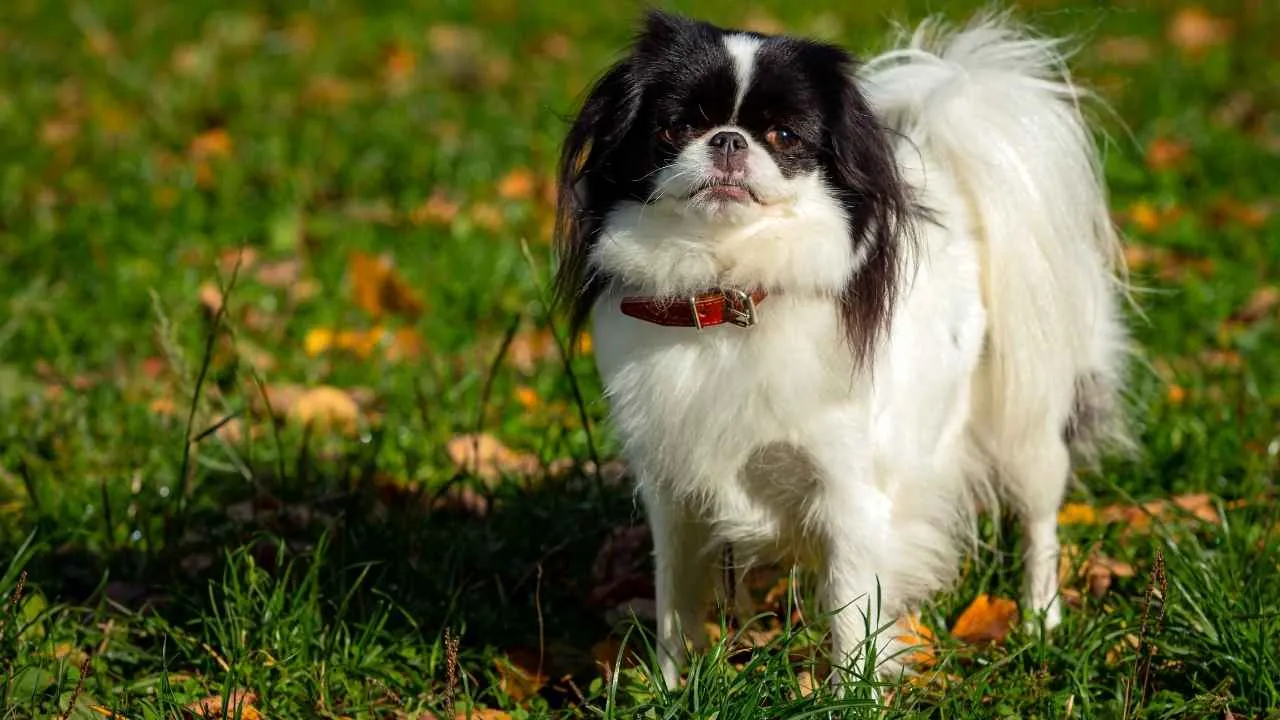
The Japanese Chin doesn’t move like a typical dog—its elegant, high-stepping gait feels more feline than canine. They prefer perching on furniture and observing the room with quiet dignity. It’s this calm, self-contained nature that makes them an ideal low-activity companion.
Not Built for Endurance
With a short muzzle and delicate build, this breed isn’t designed for long walks or strenuous outings. Just a few minutes of indoor play or a relaxed stroll is enough. They’re more likely to nap on silk cushions than chase balls around the yard.
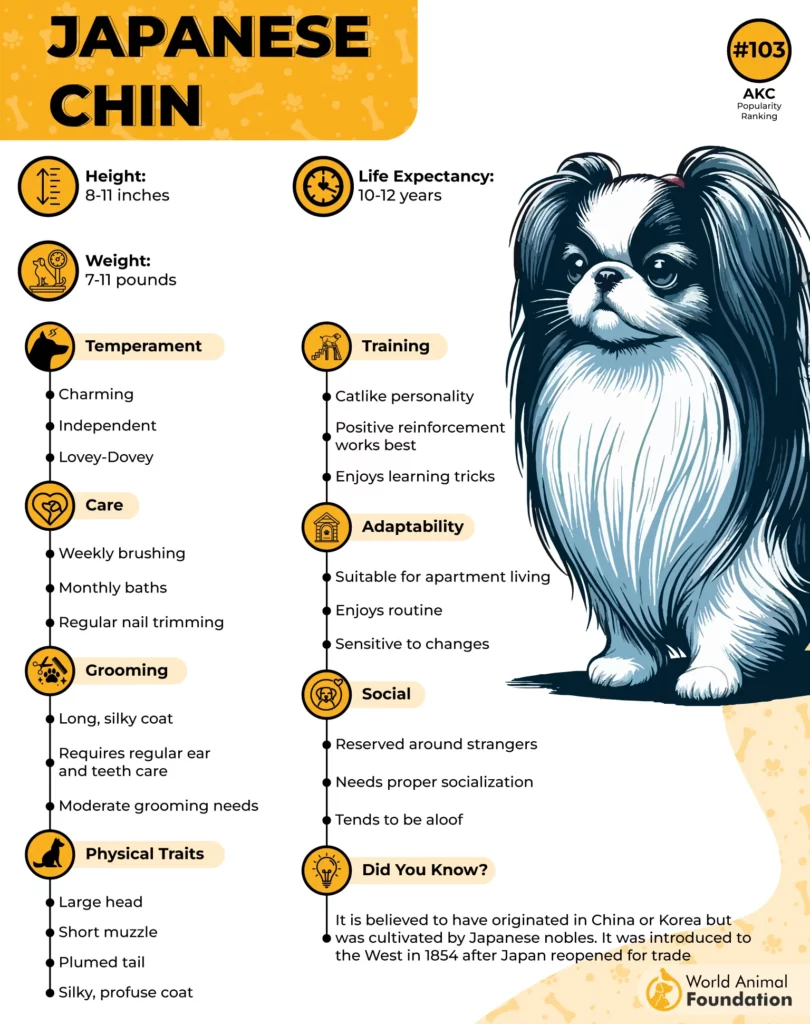
Naturally Low-Energy
Even as puppies, Japanese Chins are known for their composed behavior and minimal exercise needs. They rarely show bursts of energetic behavior and prefer predictable routines. Their tranquil presence suits people with quiet lifestyles or limited mobility.
Prioritizes Rest Over Activity
Chins are typically healthy dogs, but too much exertion can quickly leave them winded due to their flat faces. They do best in moderate climates and temperature-controlled homes. Their energy is expressed through expressive eyes, not physical activity.
Conclusion
Not everyone is built for early morning jogs or chasing after high-energy dog breeds. Some of us find beauty in silence, joy in stillness, and companionship in dogs who simply enjoy being by our side. These low-energy dogs aren’t lazy — they’re in tune with a slower rhythm of life.
If your lifestyle leans more toward soft slippers than running shoes, you’re not alone. The breeds listed above are content with a short stroll, a comfy lap, and a whole lot of love. No vigorous exercise, no daily demands — just quiet loyalty.
And the best part? Many of these smaller dog companions come with minimal grooming needs, making them ideal for low-maintenance homes. So, whether you’re a homebody, a senior, or someone with limited mobility, know that calm doesn’t mean compromise. These dogs may be still, but their presence speaks volumes.


